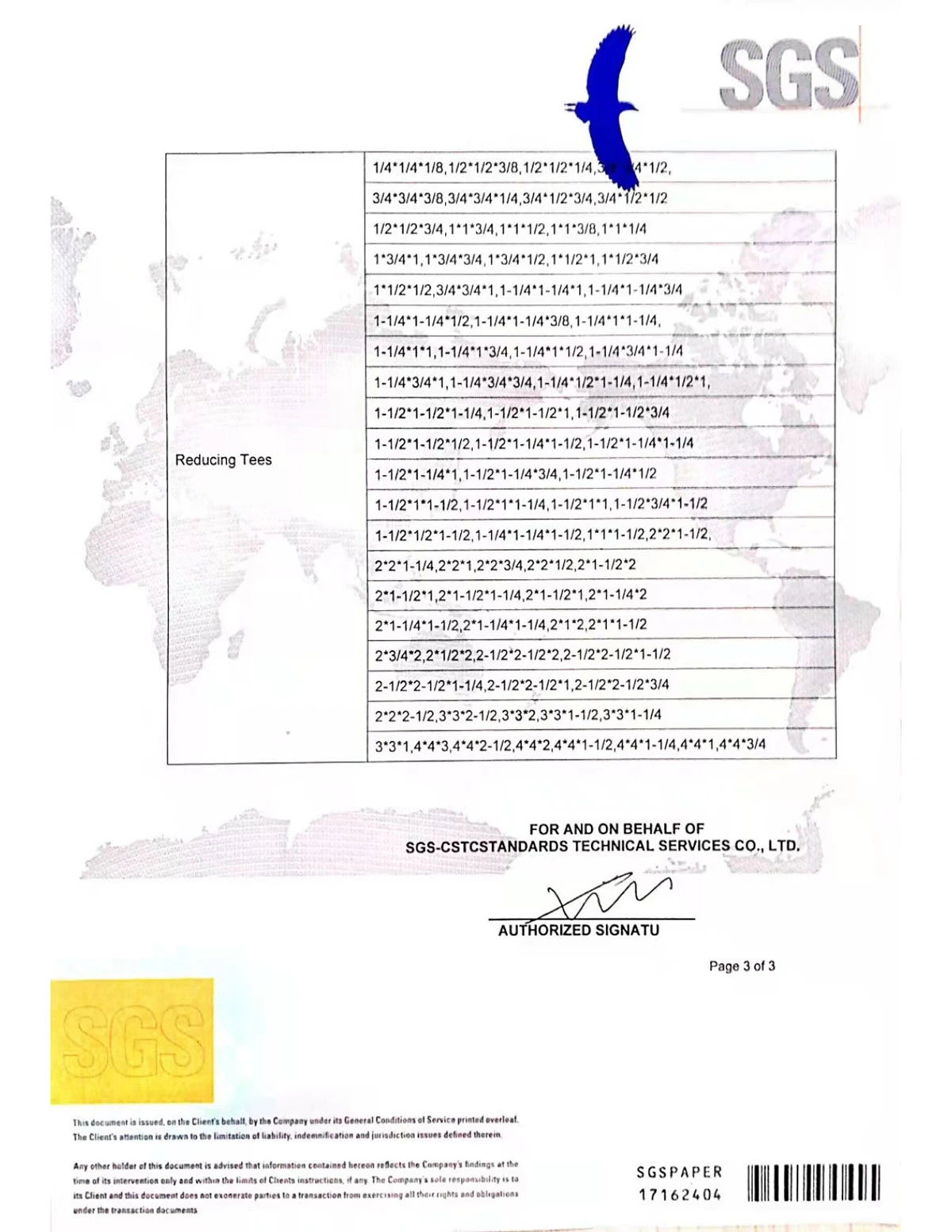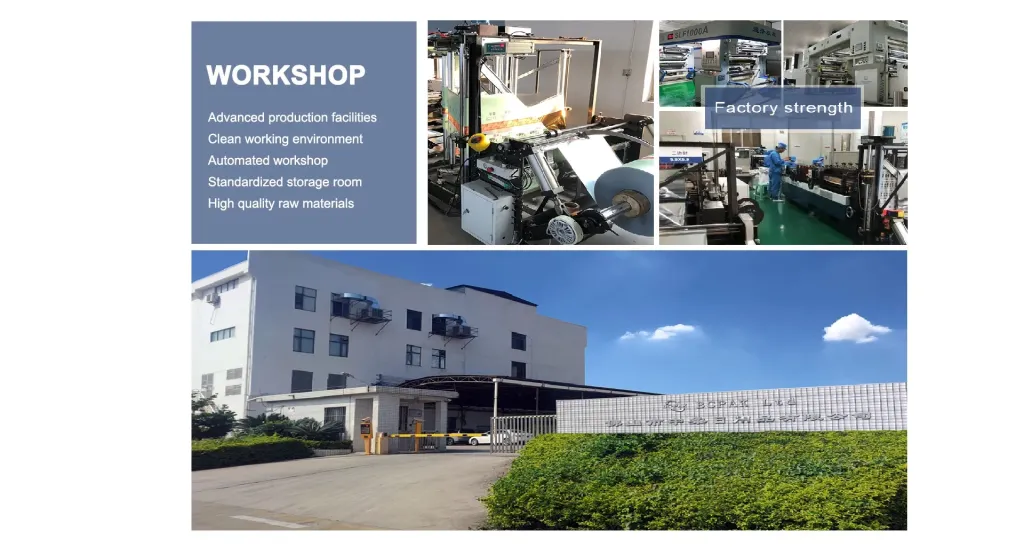When embarking on a plumbing project, understanding the variety of pipe fittings available is crucial. They play a pivotal role in ensuring that your plumbing system is not only efficient but also reliable. With innovations in material technology, the array of options available today goes beyond the basic choices, offering sustainable solutions that cater to diverse requirements.

Pipe fittings are the unsung heroes of a successful plumbing system, connecting different pipe sections, adapting sizes, changing directions, and regulating flow. As plumbing technology advances, so too does the diversity of pipe fittings. Whether it's for residential, commercial, or industrial use, selecting the right fitting can significantly impact the system’s longevity and efficiency.
Traditional pipe fittings largely consisted of materials like copper, brass, and galvanized steel. Copper fittings are revered for their durability and resistance to corrosion, making them a staple in many plumbing systems. Brass fittings offer similar benefits and bring excellent heat resistance, commonly utilized in hot water systems. Galvanized steel, though less common today, was long favored for its robustness in large-scale projects.

However, the modern market offers more innovative materials such as PVC, CPVC, PEX, and stainless steel, each catering to specific needs. PVC fittings are prominent for their cost-effectiveness and ease of installation, often deployed in drainage systems and irrigation. CPVC, a slightly modified version of PVC, boasts higher heat resistance, making it suitable for hot water applications. PEX fittings have revolutionized residential plumbing with their flexibility and ease of installation, significantly reducing labor time without compromising reliability.
Stainless steel stands out for its exceptional durability and strong resistance to corrosion, ideal for both hot and cold applications. Though typically more expensive, the long-term benefits such as reduced maintenance costs and improved performance make it a sound investment for larger projects.
different pipe fittings
Besides material, understanding the various types of pipe fittings is equally important. Couplings and reducers allow for the connection of pipes of different dimensions, while elbows and bends navigate the directional changes in pipe routes.
Tees and crosses branch out pipelines, facilitating complex networks. Adapters and unions provide flexibility and easier disassembly for maintenance, vital in systems where occasional dismantling is needed.
The fitting selection also extends into specialized areas, where specific functions demand unique designs. Flanges, ideal for industrial applications, provide strength and the ability to bear heavy stress. Valves control flow and pressure within the system, coming in variants such as ball, gate, and check valves, each offering distinct benefits based on the operation needed.
Within this realm of diverse options, choosing the right fittings must be informed by a comprehensive assessment of your project's needs, including application, environmental conditions, and budget constraints. Collaborating with experienced professionals who bring a wealth of practical knowledge can ensure optimal material and type selection, balancing immediate costs with long-term benefits.
This tailored expertise is critical to navigating regulations and standards, which vary significantly based on location and application. Compliance with standards not only ensures safety and efficiency but also builds a foundation of trustworthiness, protecting the system’s integrity over time.
In summary, the world of pipe fittings is vast and nuanced, underpinned by technological advancements that deliver improved performance and sustainability. By understanding the unique aspects of each material and fitting type, professionals can create robust and efficient systems that stand the test of time, ensuring smooth operation and peace of mind for years to come.
Post time:
Jan-20-2025











